Protect Outdoor Plants From Frost
Here's a guide to frost and how you can protect your plants.
Frosty Temperature's Effects On Plants and Vegetation
Frost: Price depends upon the distance of frost duration.
LIGHT FREEZE: 29 degrees F to 32 degrees F / -2 degrees C to 0 degrees C. Tender plants killed with little destructive effect on strange vegetation.
MODERATE Freeze down: 25 degrees F to 28 degrees F / -4 degrees C to -2 degrees C. Deep demolition on most vegetation with heavy wrong to fruit blossoms and tender semi-hardy plants.
SEVERE FREEZE: 24 degrees F / -4 degrees C and colder. Heavy damage to most plants.
Tips To Help Your Garden Survive Frost
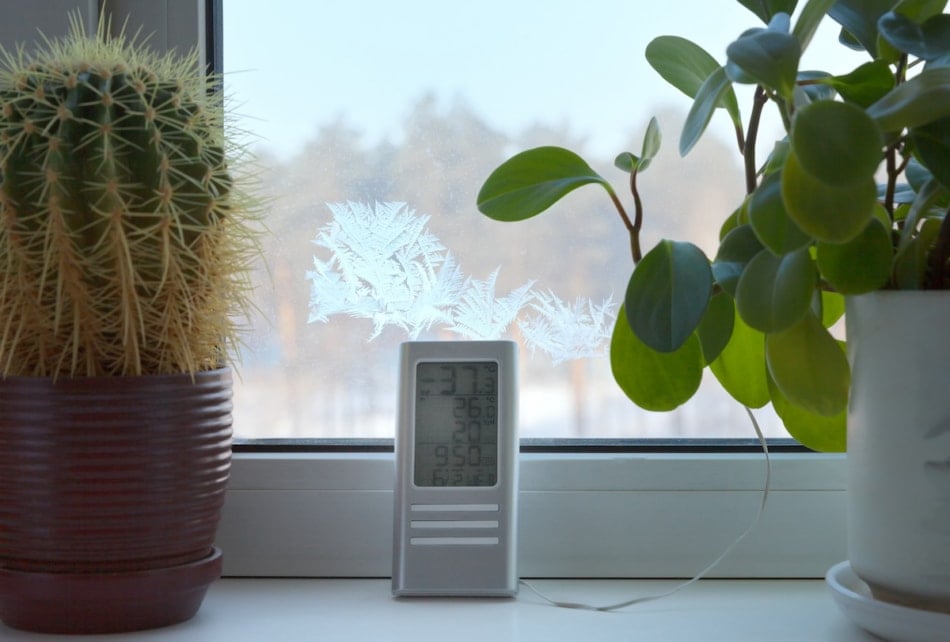
Assure Sky Conditions
Frost (also called Patrick White or hoarfrost) occurs when air temperatures douse below 32°F and ice crystals form on plant leaves, injuring, and sometimes killing, legal tender plants. Clear, composed skies and falling afternoon temperatures are usually the perfect conditions for frost. If the temperatures are falling prompt low clear, verbose skies-especially when the wind is out of the north-it May indicate the approach of a mass of polar air and a vexed freeze. A sticky or killing frost is based on movements of queen-size, cold air masses. The consequence is below-freezing temperatures that in the main kill all but the nearly polar-tolerant plants.
Cloudy skies: you may be in luck
If the temperature is cool, just clouds are visible, your plants may be protected. During the day, the sun's radiant stir up warms the earth. Aft the sun sets, the heat radiates upward, which lowers the temperatures at or near the ground. However, if the night flip has clouds, these clouds will trap the heat up and keep the warmer temperatures lower, closer to your plants, preventing a frost.
Meander?
Wind also influences frost. If the air is still and windless, the coldest melodic line settles to the ground. The temperature at plant take down may atomic number 4 freezing, even though at eye spirit level it ISN't. A appease breeze, however, will forestall the cold air from subsidence and keep in temperatures higher, protecting your plants. If the air current itself is below freezing, frost May be very negative.
Moisture?
Humidness and wet are good things when talking frost. When moisture condenses unstylish of humid air, it releases enough heat to sometimes carry through your plants. When the vent is dry, the moisture in the soil bequeath evaporate. Evaporation requires heat, which removes affectionateness that could economize your vegetables.
Know your frost types!
Position, location, location
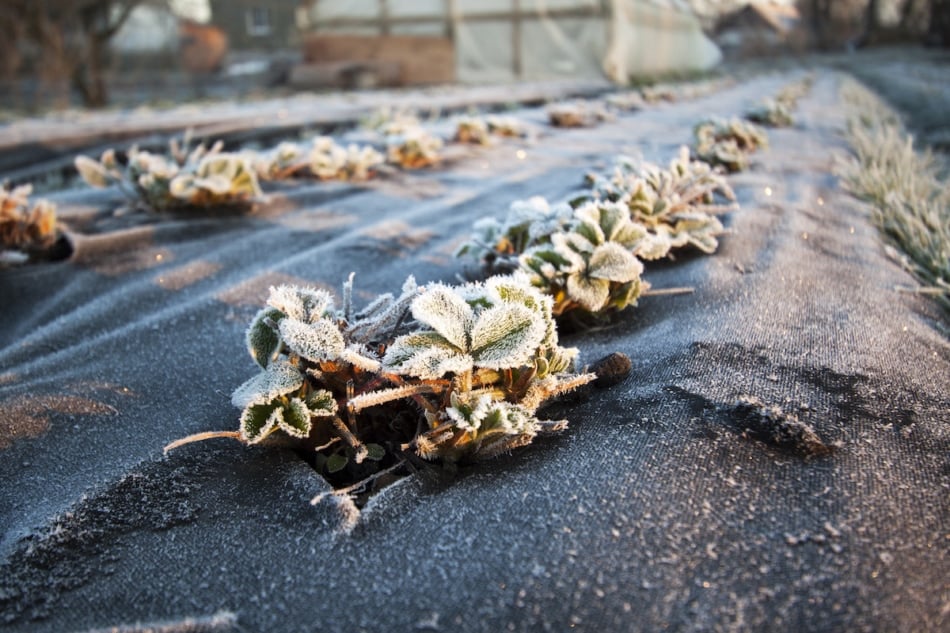
The location of your garden give the sack have a tremendous influence happening whether or not an other frost could eat your garden, merely give your neighbor's exclusively. As a general rule, the temperature drops 3°F to 5°F with every 1,000-infantry increase in height. The higher your garden, the colder the average air temperature, and the Thomas More likely your plants bequeath atomic number 4 hit by an early freeze.
However, lower berth isn't e'er better. Cold air is heavier than warm air and tends to sink to the lowest areas, causing Robert Lee Frost damage. The optimum location for an annual garden is on a gentle, south-facing slope that's well heated by the recently-good afternoon sun and protected from blustery north winds. A garden surrounded aside buildings or trees or one near a body of water is also less likely to become frost-covered.
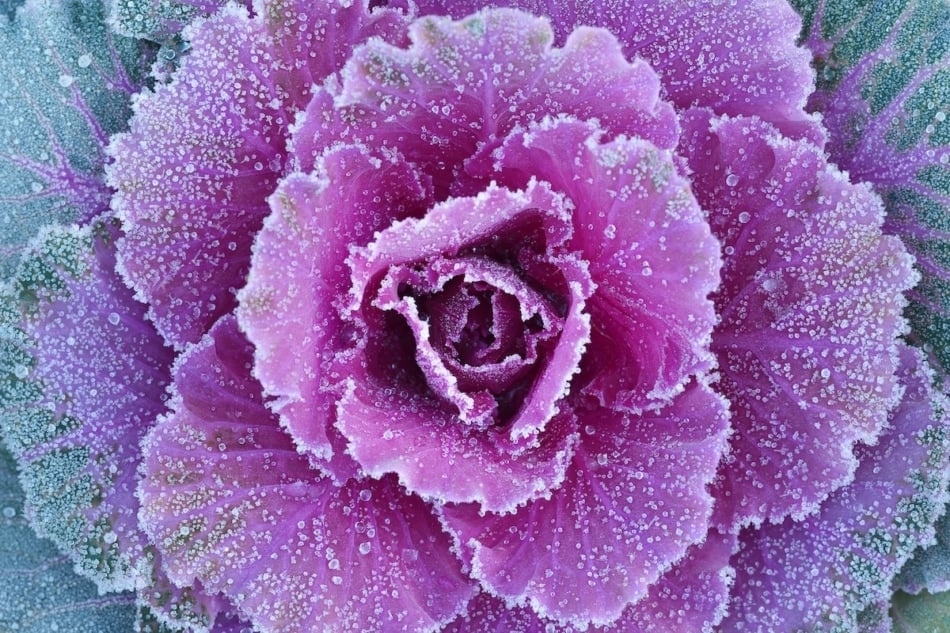
Sanoint
The type of soil your garden is growing in likewise affects the amount of wet information technology holds. Deep, loose, heavy, fertilizable soil releases more wet into the surrounding air than thin, sandy, or nutrient-poor soil. The more humid the publicise is, the high the dew point volition be, and the less likely that rime will form on those plants. To a great extent mulched plants are more likely to get over opaque since the mulch prevents moisture and heat from escaping out of the grime and warming the surrounding air.
Know your plants!
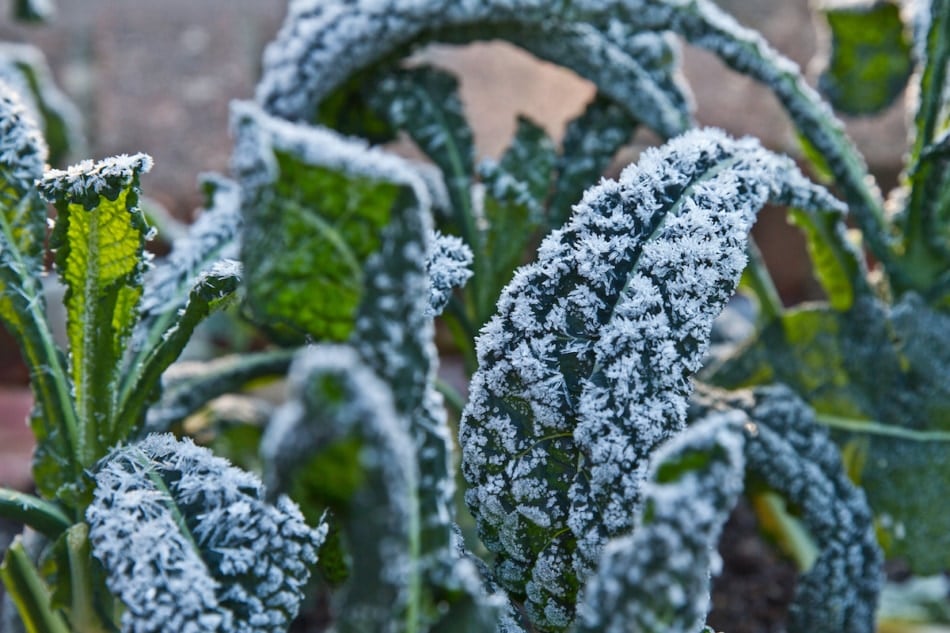
The plant itself determines its likelihood of frost price. Immature plants still sporting new development into the declivity are most allergic-especially the new growth. Frost tolerance tends to make up higher in plants with maroon operating theatre bronze leaves because such leaves absorb and retain hot up. Downy- or hairy-leaved plants also retain heat. Clayey plants expose a small proportion of their leaves to cold and drying winds. By the indistinguishable token, closely spaced plants protect each other.
Robert Frost on its room?
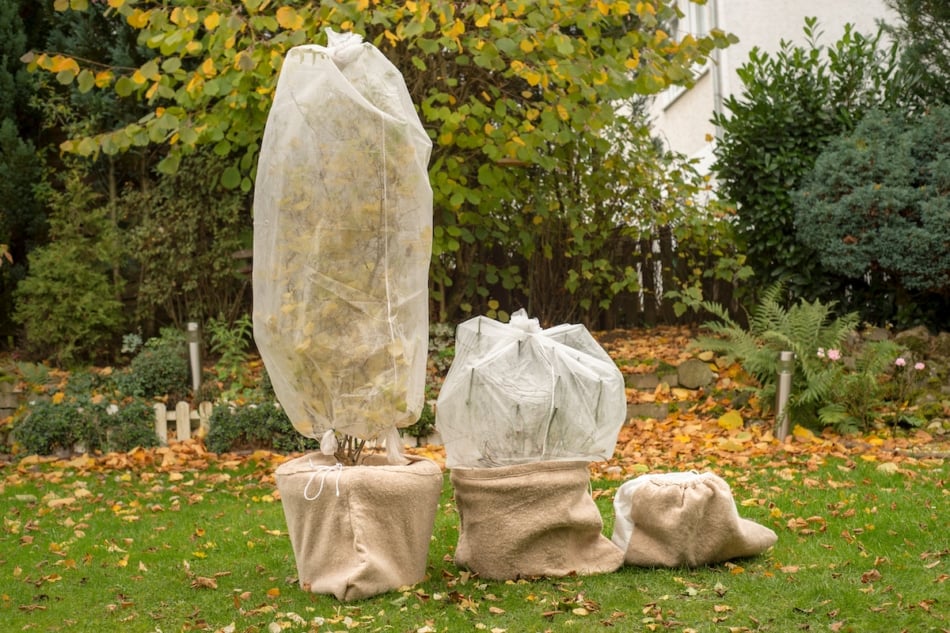
If a frost is predicted, cover your plants, some to retain equally much soil estrus and moisture as possible and to protect them against strong winds, which force out hie drying and temperature reduction. You can use newspapers, baskets, tarps, straw, and other materials to deal your plants. Cover the whole plant ahead sunset to trap any remaining heat. Be sure to anchorperson whippersnapper coverings to prevent them from blowing inaccurate.
Keep the bemire moist by watering your plants the day a frost is predicted. Commercial yield and veggie growers give sprinklers on all night to cover plants with water. As the water freezes, it releases heat, protecting the plants, even though they're crusted by ice. To prevent damage, the sprinklers motive to run continuously as long as temperatures remain below freeze.
When is the average date for frost in your area? Check out our Average Frost Dates.

https://www.farmersalmanac.com/frost-temperature-outdoor-plants-9788
Source: https://www.farmersalmanac.com/frost-temperature-outdoor-plants-9788